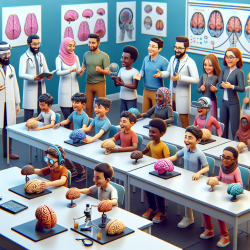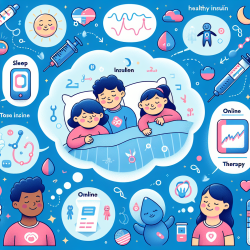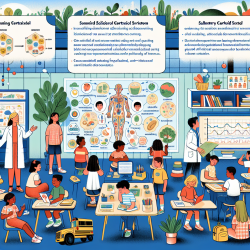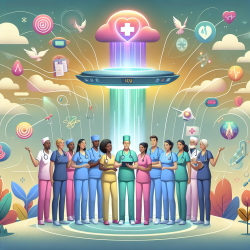Introduction
In the world of education, the integration of neuroscience into the classroom is gaining momentum. Recent research, particularly the study titled "Neuroscientists’ Classroom Visits Positively Impact Student Attitudes," highlights the profound impact that short, interactive sessions with neuroscientists can have on students' perceptions of their learning potential and attitudes toward science. This blog delves into the findings of this research and offers insights on how practitioners can harness these outcomes to enhance educational experiences for children.
The Research Findings
The study conducted by Fitzakerley et al. (2013) evaluated the impact of the Brain Awareness classroom visit program in Minnesota. The primary goal was to assess whether brief, interactive sessions with neuroscientists could influence students' understanding of their own brains and foster a growth mindset. The findings were promising:
- Teachers rated the program as highly valuable, noting increased student interest in the brain and science.
- Student surveys showed significant improvements in attitudes toward science and a growth mindset.
- Positive shifts were observed in 10 out of 18 survey statements, indicating enhanced perceptions of students' learning potential.
Implementing the Findings
For practitioners in the field of education and speech-language pathology, these findings offer actionable insights. Here are some strategies to implement these outcomes:
- Integrate Neuroscience Concepts: Incorporate basic neuroscience concepts into the curriculum to help students understand how their brains work and change with learning. This can empower them to adopt a growth mindset.
- Invite Experts: Facilitate classroom visits by neuroscientists or other science professionals. These interactions can demystify science and provide students with role models in the field.
- Interactive Learning: Use hands-on activities and real-life examples to engage students. Activities that demonstrate brain plasticity can make the learning experience more tangible and memorable.
- Focus on Growth Mindset: Emphasize the concept that intelligence is not fixed but can be developed through effort and learning. This can enhance students' resilience and motivation.
Encouraging Further Research
While the study provides valuable insights, it also highlights the need for further research. Practitioners are encouraged to explore the following areas:
- Long-term Impact: Investigate the long-term effects of neuroscientist classroom visits on students' academic performance and career choices.
- Diverse Populations: Examine how these interventions impact students from diverse backgrounds, including those in high-poverty or high-diversity schools.
- Teacher Training: Assess the impact of teacher training in neuroscience on student outcomes and classroom dynamics.
Conclusion
The research underscores the positive impact that neuroscientist classroom visits can have on students' attitudes toward science and their own learning potential. By implementing these findings, practitioners can create enriching educational experiences that inspire and empower students. For those interested in delving deeper into the original research, please follow this link: Neuroscientists’ Classroom Visits Positively Impact Student Attitudes.










